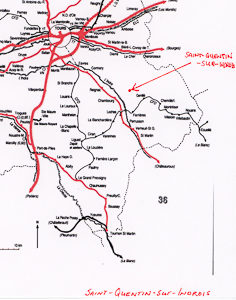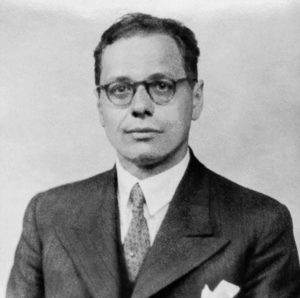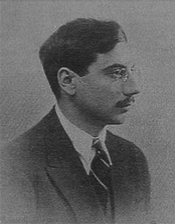Undoubtedly, many of you have heard the story of the fake army which was used to deceive Hitler and his generals into planning for a cross channel invasion (across the Strait of Dover to Pas de Calais). It is true but the story is somewhat more complex and as wartime documents seven decades old are declassified, historians are only now able to fill in missing gaps and answer why Hitler reacted the way he did to the Normandy invasion.
Did You Know?
Did you know that the author of the James Bond series, Ian Fleming (1908−1964), worked for British Naval Intelligence during World War II? He was promoted to commander and initially served as the assistant to the Director of Naval Intelligence, the curmudgeon Rear Admiral John Godfrey (1888−1970). In that role, Fleming represented Godfrey in many high-level meetings with the British Secret Intelligence Service, Special Operations Executive (SOE), and the Prime Minister’s staff among other wartime government organizations including the United States Office of Strategic Services (OSS—the predecessor to the CIA).
You will shortly meet Duško Popov, one of the principal double agents for the Double Cross System. He was a Serbian intelligence agent who was flamboyant, wealthy, promiscuous, and well-connected in France and the United States. Popov offered his services to the German Abwehr (military intelligence) with the intent all along of becoming a double agent. Popov was anti-Nazi and promptly became a double agent working for MI5 (British Military Intelligence, Section 5). Stationed in Lisbon in mid-1941, Popov was paid $80,000 for his MI5 services. At the time, Fleming had been assigned to shadow him. Popov frequented a local casino where one evening he became upset with the way the house was breaking the rules to benefit one of its affluent baccarat clients. Popov placed a $50,000 bet which the other gentleman was obliged to match, much to his chagrin. This ended with Popov collecting his money and an admonishment to the dealer, “I trust you’ll call this to the attention of the management and that in the future such irresponsible play will be prohibited. It is a disgrace and an annoyance to the serious players.” As he walked away, Popov winked at Fleming whom he knew was with British Intelligence and had been watching him.
Many of the Bond books and its characters were based loosely on Fleming’s wartime experiences. Bond’s boss, M, was based on Godfrey while Miss Moneypenny was loosely based on Vera Atkins, one of leaders of the SOE (click here to read Women Agents of the SOE). It is thought the James Bond character is likely based on Duško Popov and the reason we see Bond in so many casinos stems from Fleming’s experience that evening in the Lisbon casino.
One last tidbit of information: Popov once told Fleming that his uncle, Milivoj Popov, lived in Belgrade, Serbia and the number he called to speak with his uncle was 26-007.
Deception strategies were used by the Allies and Germans against one another throughout World War II. However, by 1942, the Americans and British held the upper hand: intelligence was gained through the top secret Ultra program by decrypting German messages using the Nazi military Enigma machine at Bletchley Park. Deception methods created primarily by British intelligence were becoming increasingly complex and successful. As Churchill, Roosevelt, and Stalin agreed in late 1943 on plans for an invasion of Europe, the Allies came up with the largest deception plan to date to be used against the Nazis.
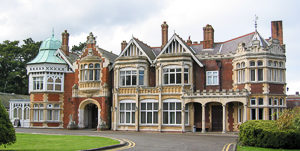
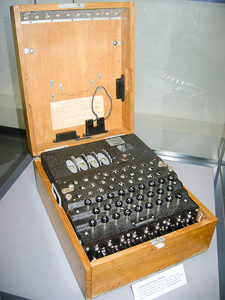
Operation Bodyguard and Fortitude
Operation Bodyguard was the American and British-led umbrella deception plan to mislead the Germans into thinking the inevitable invasion of Europe would take place at a location other than the real invasion site. Additionally, the plan was to deceive Hitler about the actual date, time, and size of the assault force. It was formulated in 1943 once the Allies agreed to a 1944 invasion date. Read More The Double Cross System

